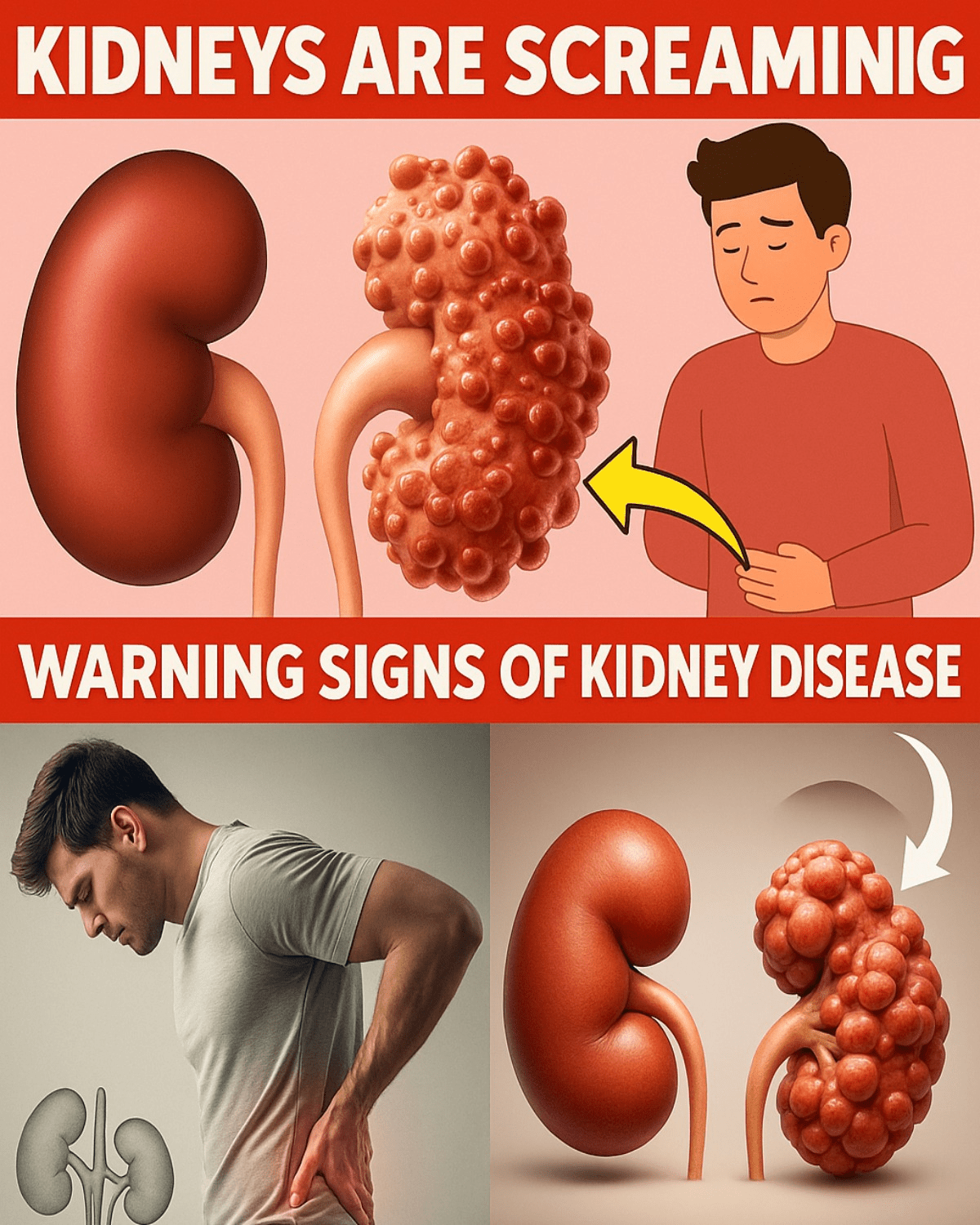Why Kidney Health Matters More Than You Think
Your kidneys filter about 50 gallons of blood daily, removing toxins and excess water. When they struggle, your body feels it—think swollen ankles, foggy brain, or constant tiredness. Chronic kidney disease affects over 37 million Americans, yet many don’t notice symptoms until damage is severe. Scary, right? What’s worse, everyday habits like poor diet or dehydration can quietly harm them. But here’s the twist: small, intentional choices can shield your kidneys for decades. Wondering how to start? The first tip will surprise you with its simplicity.
Buy vitamins and supplements
Tip 10: Hydrate Smart to Flush Toxins
Picture Sarah, 52, sipping coffee all day, barely touching water. She felt sluggish, unaware her kidneys were begging for hydration. Proper water intake helps your kidneys flush waste efficiently. Research suggests 8-10 cups daily for most adults, tailored to your size and activity. Too little water strains kidneys; too much overwhelms them. How do you know what’s right? Aim for pale yellow urine as a guide. Add a lemon slice for flavor and a vitamin C boost. But wait, the next tip flips a common habit on its head.
Tip 9: Cut Back on Salt Sneakily
Ever craved salty chips and felt puffy afterward? Excess sodium forces kidneys to work overtime, raising blood pressure. Studies show high sodium diets increase kidney disease risk by 20%. Check labels—processed foods like soups or snacks hide salt. Try herbs like rosemary or garlic for flavor instead. Still skeptical? You might think, “I don’t add salt!” But packaged foods are the real culprits. Swap one processed meal for a homemade salad weekly. Curious about a food swap that’s even easier? The next tip reveals it.
Sodium Sources Comparison High-Sodium Foods Low-Sodium Alternatives
Snack
Groceries
Potato chips (150mg) Unsalted nuts (5mg)
Meal Canned soup (800mg) Homemade broth (50mg)
Condiment Soy sauce (1000mg) Lemon juice (1mg)
Tip 8: Move Your Body, Boost Kidney Flow
John, 47, sat at his desk daily, feeling stiff and drained. Then he started walking 20 minutes after lunch—his energy soared. Exercise improves blood flow, easing kidney workload. A 2021 study found 150 minutes of weekly movement cuts kidney disease risk by 15%. Try brisk walking, yoga, or dancing. No gym? No problem. Take stairs or garden. Think exercise is too hard? Even light activity counts. But hold on, the next tip uncovers a hidden kidney enemy you’re likely overlooking.
Tip 7: Watch Your Sugar Intake

